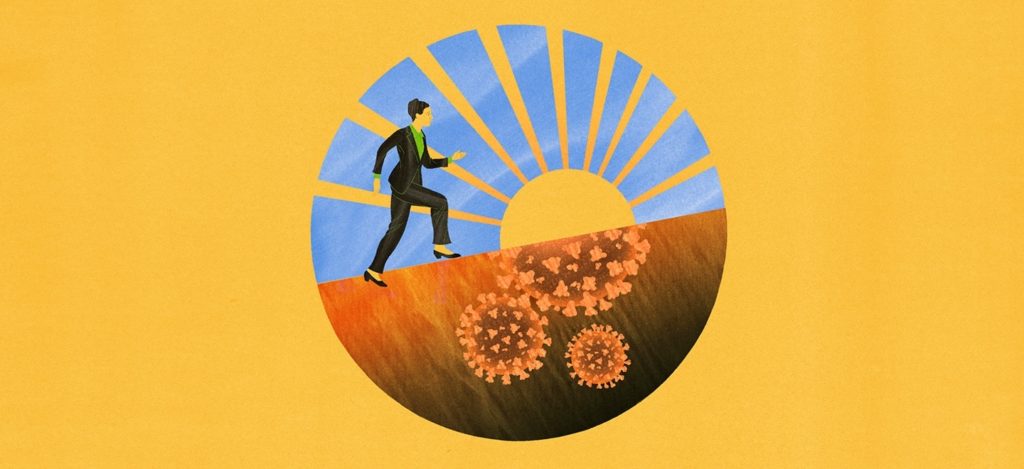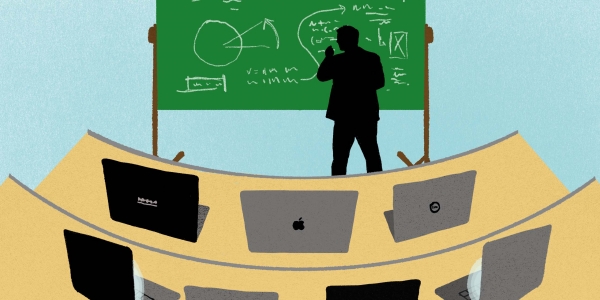
Let’s Talk About Sex COVID-19 and Why Is Sex Education Still Taboo in the U.S.? Teachers Are Important During Times of Uncertainty by Angela Holliday My dissertation topic is Let’s Talk About Sex! Why Is Sex Education Still Taboo in the U.S.? Considering what’s going on in the world however, it doesn’t really seem important right now. COVID-19 has caused job loss, supply shortage, fear, anger, hoarding, and death. With this grim picture though, there have also been acts of kindness, generosity, sharing, and dedication by many, including teachers. Therefore, I’d like to focus on the importance of teachers during times of uncertainty, and why we need them now more than ever. Ava Parker, President of Palm Beach State College, said at the 2017 LCAN Achieve Palm Beach County Florida Chamber Learners to Earners Summit “education is everybody’s business” and as such, I have made it mine.
I still remember the names of the teachers who made a difference in my life. Two teachers, Mr. Norde and Mr. Sweeney, were huge in helping me understand Algebra I. Mr. Norde and Mr. Sweeney left an indelible mark even though I’m sure I didn’t show my appreciation at the time. Their words of encouragement allowed me to believe I could do it. They found ways, where my parents had failed, to explain math problems in a way that made sense. I still appreciate their time and ingenuity to this day. A perfect example of this was when “a student who faced hardships told a researcher that the greatest thing a teacher can do is to care and to understand” (Zakrzewski, 2012). If not, “the kid will say, ‘Oh, they’re giving up on me, so I might as well give up on myself’ (Zakrzewski, 2012).”
I mention my teachers because in times of uncertainty or self-doubt, seeing a familiar face or hearing encouraging words from a teacher, even if virtually, can offer stability and encouragement. The students need their teachers to be the faces and voices they knew in school. The students need their teachers to have expectations of them while also understanding things are different now. The students need their teachers to push them but also to pause when they see them struggling. The students need their teachers to laugh with them but also to allow them time for silence when there’s nothing left to give. Recently, a student asked their teacher if she thought they’d see one another in August. She was honest and said she didn’t know, but she couldn’t wait for the day she sees them again.
What does education look like moving forward? In their article, 3 Ways the Coronavirus Pandemic Could Reshape Education, Gloria Tam and Gloria El-Azar examined how education changed very quickly, with its first change being how millions around the world are educated. The old, lecture-based approach to education was ushered out by COVID-19 which became a catalyst for educational institutions around the globe to search for “innovative solutions in a relatively short period of time” (Tam et. al, 2020). Second, the rapid change prompted much needed innovation to the educational system. Within the past few weeks, there have been a multitude of stakeholders coming “together to utilize digital platforms as a temporary solution to the crisis” (Tam et. al, 2020). Lastly and probably the most unfortunate change, with the digital divide, the equality gap could widen. In Palm Beach County alone, the school district needed as many as 11,000 laptops for students to learn at home during the coronavirus pandemic (Palmbeachpost.com, 2020).
Time takes time and we will wait to see what changes continue to take place in education.
Parker, Ava (2017). Local College Access Networks Achieve Palm Beach County. Florida Chamber Learners to Earners Summit, 2017. Retrieved from: http://floridacollegeaccess.org/local-college-access-networks/
Isger, Sona (2020, March 3). Coronavirus Florida: 11,000 Laptops Sought for PBC Students to Study from Home. Palm Beach Post, 2020. Retrieved from: https://www.palmbeachpost.com/news/20200323/coronavirus-florida-11000-laptops-sought-for-pbc-students-to-study-from-home
Tam, Gloria & El-Azar, D. (2020, March 13). 3 Ways the Coronavirus Pandemic Could Reshape Education. World Economic Forum, 2020. Retrieved from: https://www.weforum.org/agenda/2020/03/3-ways-coronavirus-is-reshaping-education-and-what-changes-might-be-here-to-stay/
Zakrzewski, Vicki. (2012, September 18). Four Ways Teachers Can Show They Care: Research Suggests Caring Relationships with Teachers Help Students Do Better in School and Act More Kindly Toward Others. Greater Good Magazine Science Center at UC Berkeley, 2012. Retrieved from: https://greatergood.berkeley.edu/article/item/caring_teacher_student_relationship

